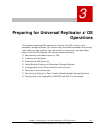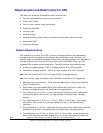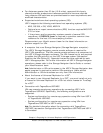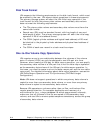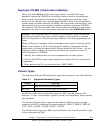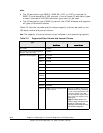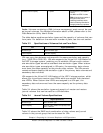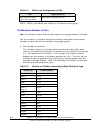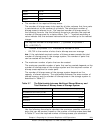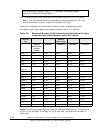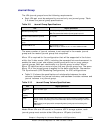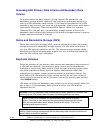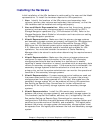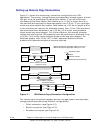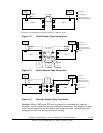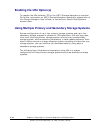
Chapter 3 Preparing for Universal Replicator z/OS Operations 3-9
Hitachi Universal Replicator for IBM /OS User’s Guide
H6588-L 32,760
NF80-E 1,770
NF80-J 885
NF80-K 2,655
• The number of the required bitmap areas:
The number of bitmap areas to be used by all data volumes that form pairs
is calculated out of the number of cylinders. The calculated number of
bitmap areas is referred to as "the required number of bitmap areas" in
the following formula. Use the following formula to calculate the required
number of bitmap areas for a data volume. The ↑…↑ symbols enclosing a
value indicate that the enclosed value should be rounded up to the nearest
integer.
The required number of bitmap areas = (↑((number of cylinders ×
15) ÷ 122,752) ↑)
– ” number of cylinders × 15” indicates the number of slots
– 122,752 is the number of slots that a bitmap area can manage
Note
: If the calculated required number of bitmap areas exceeds the total
number of bitmap areas in the storage system, the number of pairs that
can be created will be limited.
• The maximum number of pairs that can be created:
The maximum possible number of pairs that can be created depends on the
number of bitmap areas of the storage system and the required number of
bitmap areas required to create pairs.
The number of bitmap areas of the storage system depends on the
capacity of shared memory. The relationship between the area number of
shared memory and the number of bitmap areas in the storage system is
described in Table 3.7.
Table 3-7 The Relationship between Additional Shared Memory and
Total Number of Bitmap Areas of Storage System
Additional Shared Memory for URz Total Number of Bitmap Areas of Storage System
No additional shared memory for URz 0
Additional shared memory for URz is installed 7,424
Extension 1 16,384
Extension 2 32,768
Extension 3 44,256
Extension 4 65,536
Use the following formulae to calculate the maximum possible number of
pairs that can be created, based on the number of bitmap areas described
in
Table 3-7 and the required number of bitmap areas you calculated:



